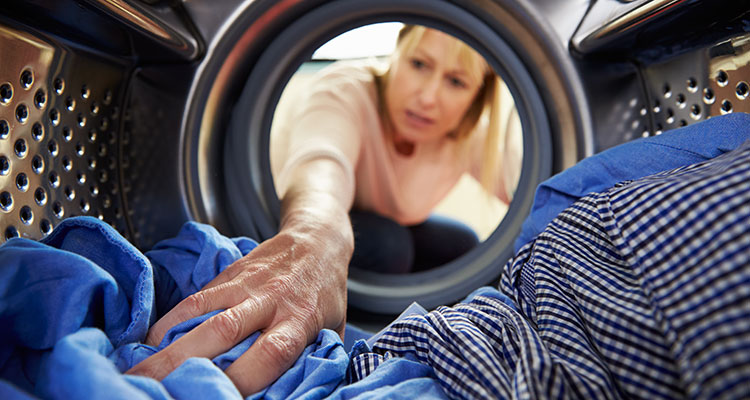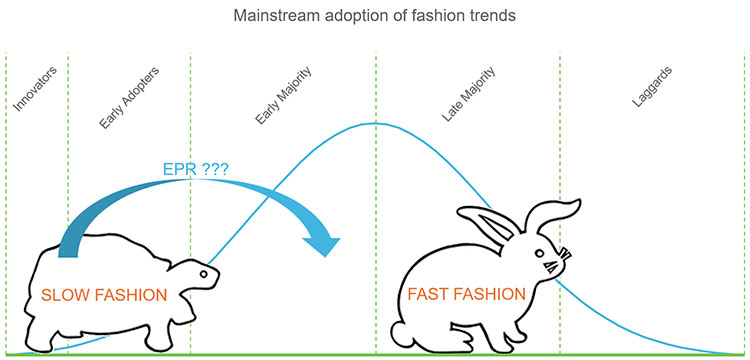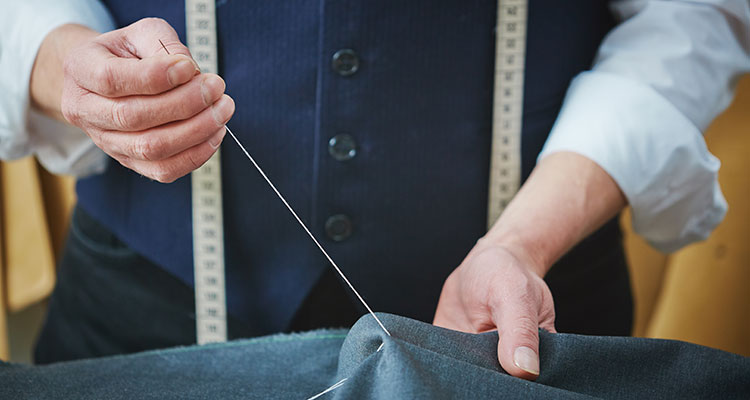Last year textiles were identified as a priority for future EPR, here we look at the wider issues and how it could be implemented.
When the Government finally released its Resources and Waste Strategy at the tail-end of last year, they identified some priority wastes to explore the introduction of extended producer responsibility (EPR) by the end of 2025.
This would see businesses take on the end-of-life cost-burden for the products they produce with textiles being at the top of the agenda. The strategy stated:
“We have identified the following five areas as priorities:
- Textiles – Including at least all clothing, as well as other household and commercial textiles such as bed linens;
- Bulky waste – Including mattresses, furniture and carpets;
- Certain materials in the construction and demolition sector – The full list of products and materials in scope are yet to be defined, and will be subject to further review and consultation;
- Vehicle tyres – Including tyres from cars, motorcycles, commercial and goods vehicles, and heavy machinery;
- Fishing gear – We expect the EU to introduce legislation requiring Member States to implement EPR for fishing gear. We are supportive of this measure and expect to review and consult on our own EPR scheme. We will ensure that any new requirements do not create a competitive disadvantage for our fishing industry, and this will be a key consideration in the consultation.”
With plastic dominating waste headlines over the last two years, the only other significant waste topic to muster any mainstream airtime is textiles, specifically clothes.
Perhaps this is because the issue of waste textiles is linked to the overriding concern of waste plastics, with the Environmental Audit Committee suggesting that 700,000 fibres can be released into wastewater in a single domestic wash.

The example of microplastics from clothes finding their way into local waterways might be useful in bringing the plastic issue a little closer to home for UK citizens. Most of the reported impacts are felt in distant places that would spoil one’s holiday, rather than daily life.
An issue bigger than plastic
The problems of the textile industry go far beyond waste into water use and labour issues. Even within the waste realm, the issue is bigger than plastic as large-scale natural fibre waste could feasibly be put to better use at the end of their first life.
Even though recycled equivalents need to be mixed with virgin cotton to create new clothes, the fashion industry is far from reaching the capacity of how much recycled content can be included in their garments.
As with many other problematic waste streams, much of the root cause is consumerism itself. However, it is not consumerism per se, rather the type of consumerism that is evident in the trend for fast fashion. The counter-culture equivalent slow fashion is based on longer lasting, better quality garments that have a lower impact on the planet.

While fast fashion may be the hare winning the race, having garnered mainstream adoption, the introduction of EPR is unlikely to be the measure that makes this hare take a nap, allowing the slow fashion tortoise to catch up.
As seen with packaging, EPR fees are likely to be based on recyclability and cost of collection, which does not automatically favour longer lasting garments. In fact, EPR has struggled to make a significant impact to favour product longevity across other areas, like batteries and WEEE.
Regardless of the average lifetime of electrical items and batteries, businesses pay the same fee based on the products weight when they are manufactured or imported.
Broader than just clothes
Some have mooted VAT reduction on repair services as a mechanism to help promote a clothing repair culture in the UK. However, many repair businesses are likely to be under the £85,000 per annum threshold and are not currently charging VAT on their services.
Would a VAT reduction convince fashion retailers to change to a more circular business model based on lifetime repair and second-hand clothes? Highly unlikely. I bought what I consider to be an expensive suit (c. £400) for my wedding a few years ago and have had it repaired free of charge once already.

The margin involved in the initial cost must surely be high enough to warrant such a service – as businesses can’t be expected to let a repair service impact its financial sustainability.
The issue of textiles is broader than just clothes too. Although the government have chosen to consider mattresses, furniture and carpets separately as they have significantly different waste management requirements, there is still the problem of bed linen and home furnishings.
Some argue that the “shoddy trade” of inferior quality shredded fibres does not require an external stimulus as there is already a viable market for waste textiles. Others have argued that the charitable sector have a viable route for reselling clothes or exporting them.
However, just like the issue of plastic, the UK should not be flooding international markets with our unwanted goods/waste. Before the government make a policy decision, more knowledge of the global market is required. For example, is the industry for torn or damaged clothes something we should support without adequate regulatory controls is place?
Better regulation and collection funding required
What is clear is that the sector could do with better regulation and collection funding. It should be up to brands and manufacturers to fund local authorities to collect form the doorstep or a network of collection banks if that is what is needed to keep the estimated 300,000 tonnes of textile waste out of black bin bags each year.
The reality is that certain citizens do not know what to do with clothes once they are finished with them. It is up to the industry to step-in to ensure there is adequate collection, leaving the assessment on usability to be made further along the chain.
The suggestion of implementing a 1p per garment tax is certainly naive. The waste management industry knows all too well that any tax will be held by HM Treasury to be used on any number of public services, rather than to combat the issue at hand. EPR certainly offers a better alternative for textiles, here is what we think the impact could be:
What EPR for textiles could do:
- Fund a better collection network
- Charge businesses based on the fabric type and weight of clothes supplied
- Support domestic sorting (grading) and reuse/reprocessing
- Formalise the export of waste textiles
What EPR for textiles is unlikely to do:
- Change fast fashion consumerism
- Stimulate the demand for recycled content
- Keep microplastics out of watercourses
- Ensure the rights of workers in the UK and abroad
- Reduce excessive water use
This is the second article in a series on potential new EPR laws. You can read the first article on the construction and demolition sector here or get an overview of new EPR here where you can also register for EPR updates.

Robbie Staniforth
Innovation and Policy Director
Robbie is innovation and policy director at Ecosurety. Having spent years building an intimate understanding of the industry’s policies and politics, he uses this knowledge to help shape new legislation and oversees Ecosurety’s growing portfolio of cross-industry innovation projects including Podback and the Flexible Plastic Fund. He has worked closely with Defra during the most recent packaging consultations, outlining the impacts and required transitional arrangements of the UK’s new EPR system and is a member of the government’s Advisory Committee on Packaging (ACP). He is also a spokesperson for the company and regularly uses his influence to communicate the importance of environmental responsibility to external stakeholders.

Latest News

Draft packaging EPR regulations sent to European Union and World Trade Organisation
By Louise Shellard 02 May 2024
European Parliament introduce regulations to improve packaging sustainability
By Louise Shellard 30 Apr 2024
Q1 2024 recycling data reveals good performance in most materials
By Nigel Ransom 29 Apr 2024
Deposit Return Scheme for all UK nations set for 2027
By Louisa Goodfellow 26 Apr 2024
